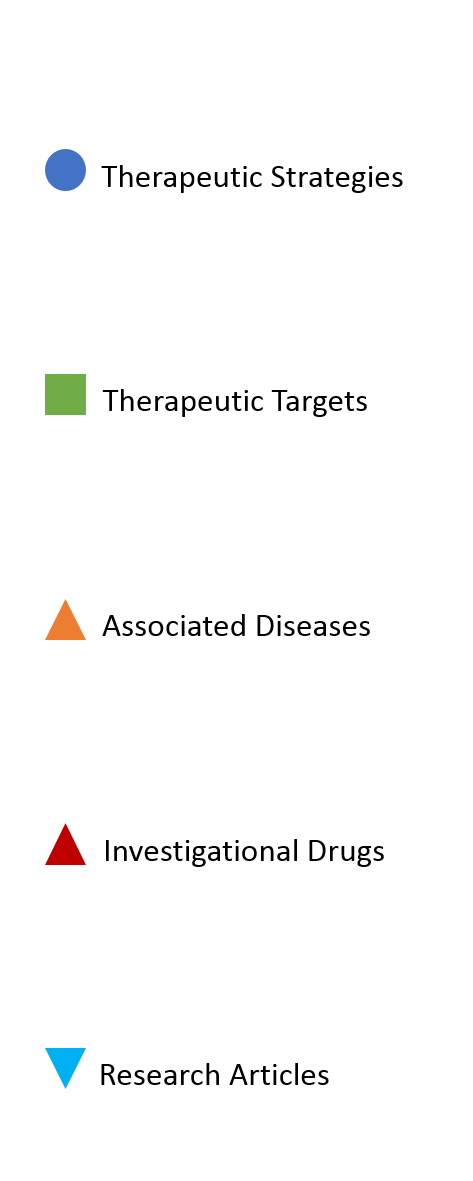Research Article Details
| Article ID: | A17784 |
| PMID: | 27596100 |
| Source: | BMC Med Genet |
| Title: | The role of mitochondrial genomics in patients with non-alcoholic steatohepatitis (NASH). |
| Abstract: | BACKGROUND: Visceral obesity and metabolic syndrome are commonly associated with non-alcoholic fatty liver disease (NAFLD). The progression of steatosis to NASH depends on a number of metabolic and patient-related factors. The mechanisms of genetic predisposition towards the development of NASH and related fibrosis remain unclear. In this study, our aim was to utilize mitotyping and identify mitochondrial haplotypes that may be associated with NAFLD. METHODS: We examined mitochondrial haplotypes along with patatin-like phospholipase domain containing 3 (PNPLA3) rs738409 genotype to determine their association with NAFLD phenotypes. Whole blood samples were obtained from 341 patients (BMI > 35) undergoing weight reduction surgery after written consent. Liver biopsies were centrally reviewed by a single pathologist based on predetermined pathologic protocol (41.9 % Non-NASH NAFLD, 30.4 % NASH, 27.5 % controls). A 1,122 bp of the mitochondrial control loop was sequenced for each sample and classified into haplogroups. RESULTS: The presence of haplogroup L exhibits protection against the development of NASH and pericellular fibrosis. The alleles of PNPLA3 locus showed differential distribution in cohorts with NAFLD, NASH and pericellular fibrosis. Heterozygosity at this locus is independently associated with higher risk of having NASH and pericellular fibrosis. CONCLUSION: Mitochondrial genetics play an important role in NASH probably by modulation of oxidative stress and the efficiency of oxidative phosphorylation. |
| DOI: | 10.1186/s12881-016-0324-0 |

| Strategy ID | Therapy Strategy | Synonyms | Therapy Targets | Therapy Drugs | |
|---|---|---|---|---|---|
| S03 | Anti-fibrosis | fibrosis | Angiotensin Receptor Blocker (ARB); CCR2/CCR5 antagonist; Thyroid receptor β agonist; PEGylated human FGF21 analogue; Monoclonal antibody to lysyl oxidase-like 2 (LOXL2); Galectin-3 inhibitor; FGF19 variant | Losartan; Cenicriviroc; VK-2809; MGL-3196; Pegbelfermin; Simtuzumab; GR-MD-02; NGM282 | Details |
| S04 | Anti-oxidative stress | oxidative stress | α-tocopherol: antioxidant | Vitamin E | Details |
| Diseases ID | DO ID | Disease Name | Definition | Class | |
|---|---|---|---|---|---|
| I14 | 9970 | Obesity | An overnutrition that is characterized by excess body fat, traditionally defined as an elevated ratio of weight to height (specifically 30 kilograms per meter squared), has_material_basis_in a multifactorial etiology related to excess nutrition intake, decreased caloric utilization, and genetic susceptibility, and possibly medications and certain disorders of metabolism, endocrine function, and mental illness. https://en.wikipedia.org/wiki/Obesity | disease of metabolism/acquired metabolic disease/ nutrition disease/overnutrition | Details |
| Drug ID | Drug Name | Type | DrugBank ID | Targets | Category | Latest Progress | |
|---|---|---|---|---|---|---|---|
| D080 | Citrulline | Chemical drug | DB00155 | -- | -- | Under clinical trials | Details |
| D083 | CLA | Chemical drug | DB01211 | KCNH2; SLCO1B1; SLCO1B3 | -- | Under clinical trials | Details |
| D316 | S-adenosyl-L-methionine | Chemical drug | DB00118 | GNMT cofactor | Antiviral | Under clinical trials | Details |
